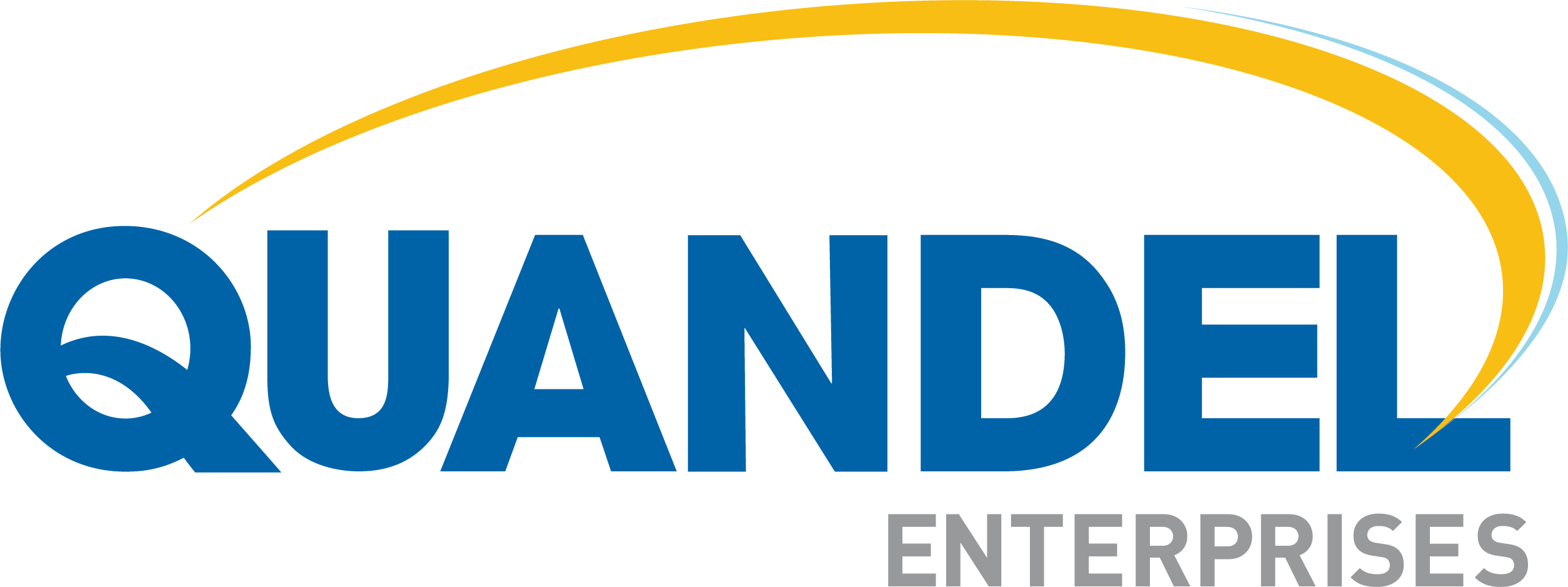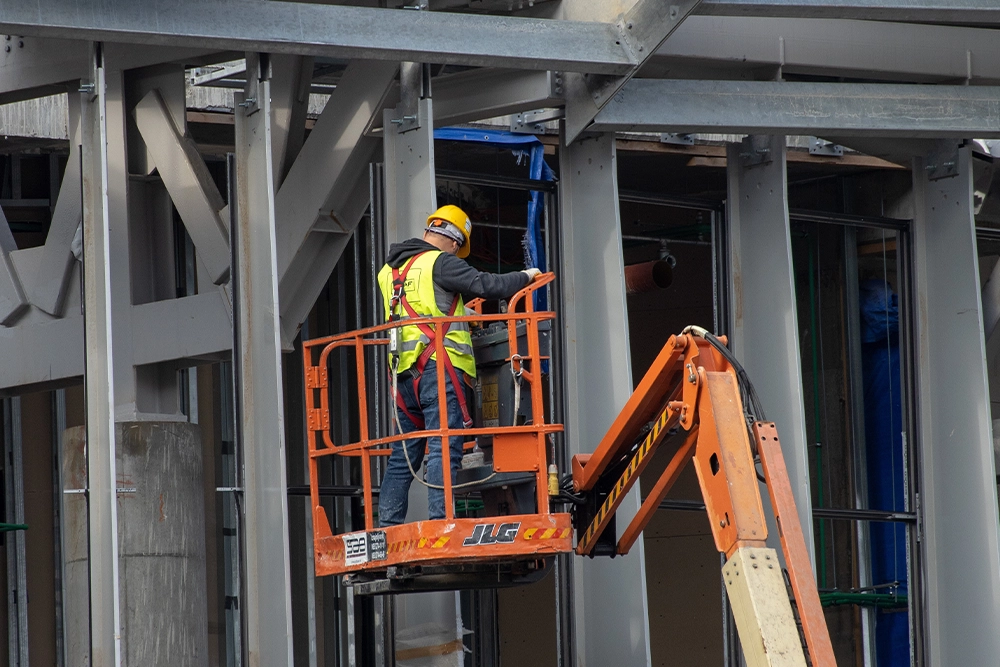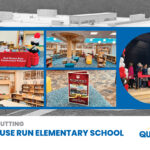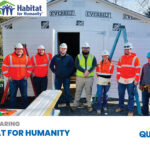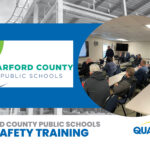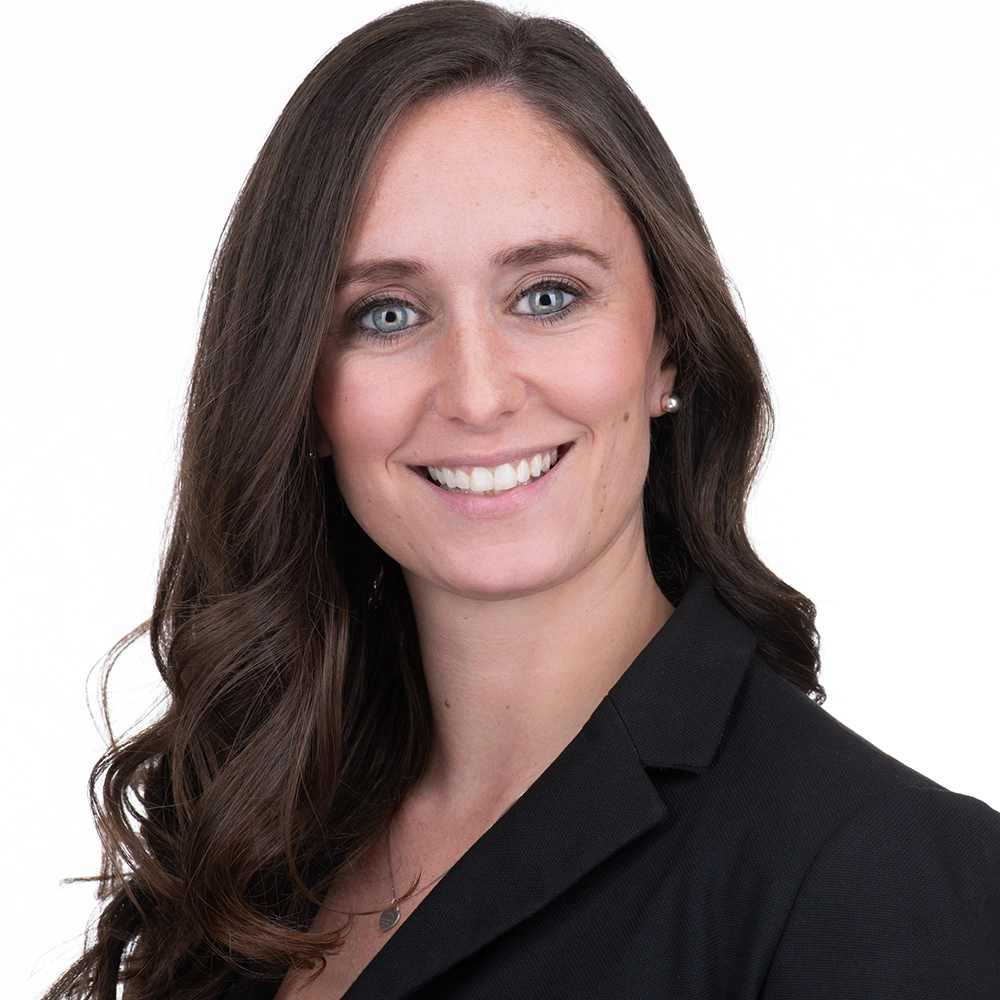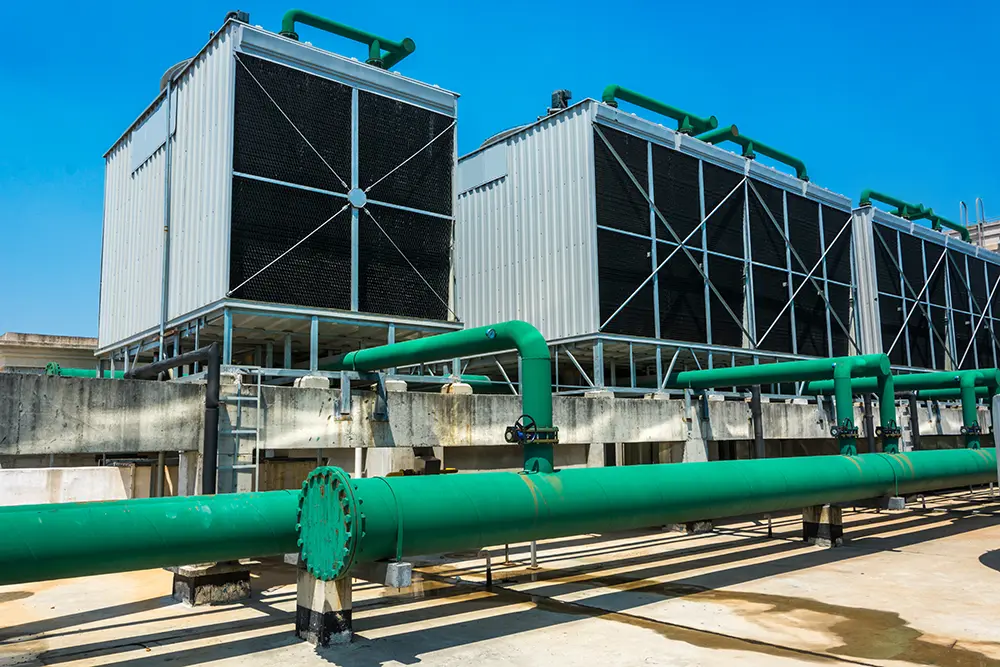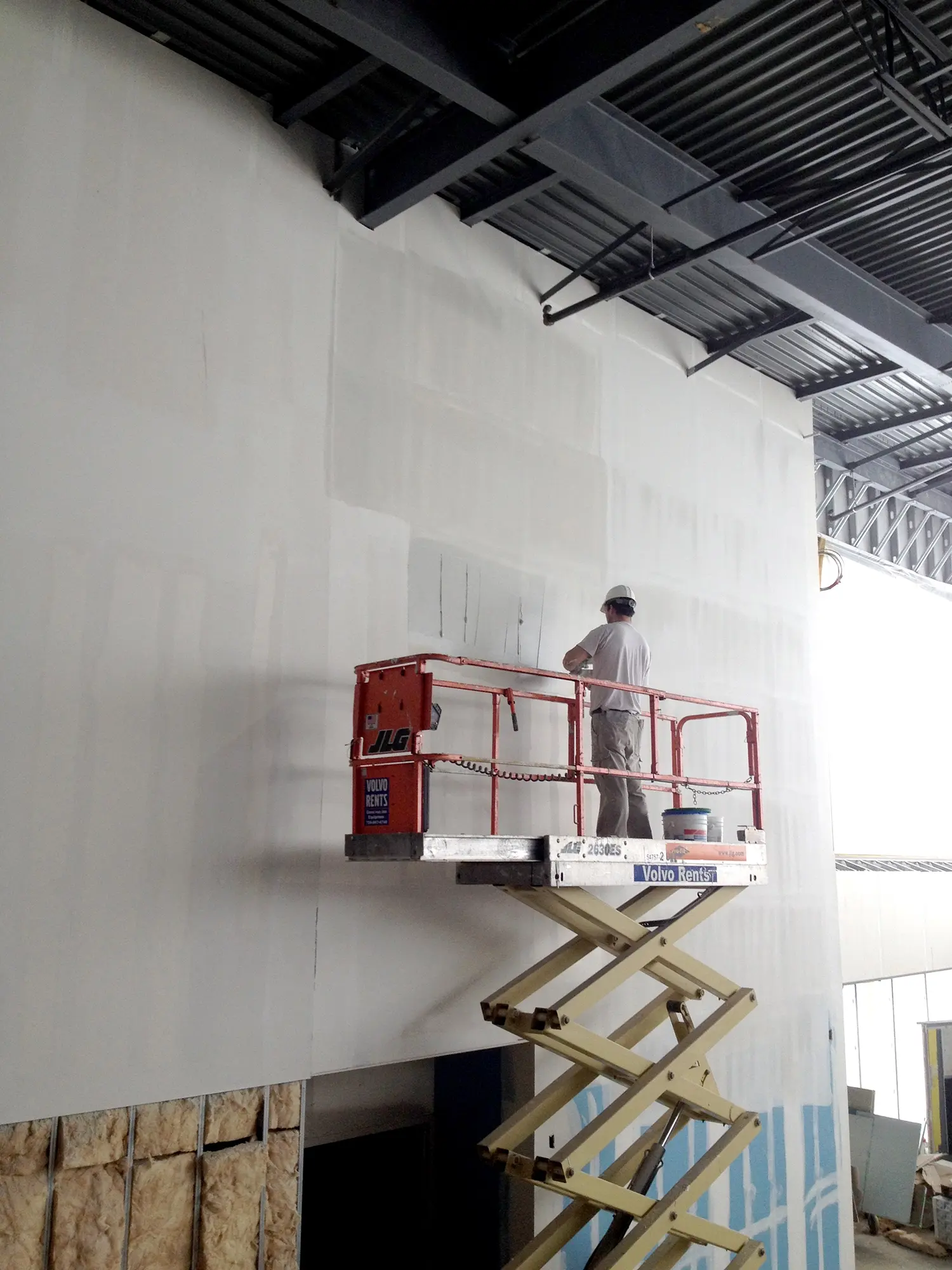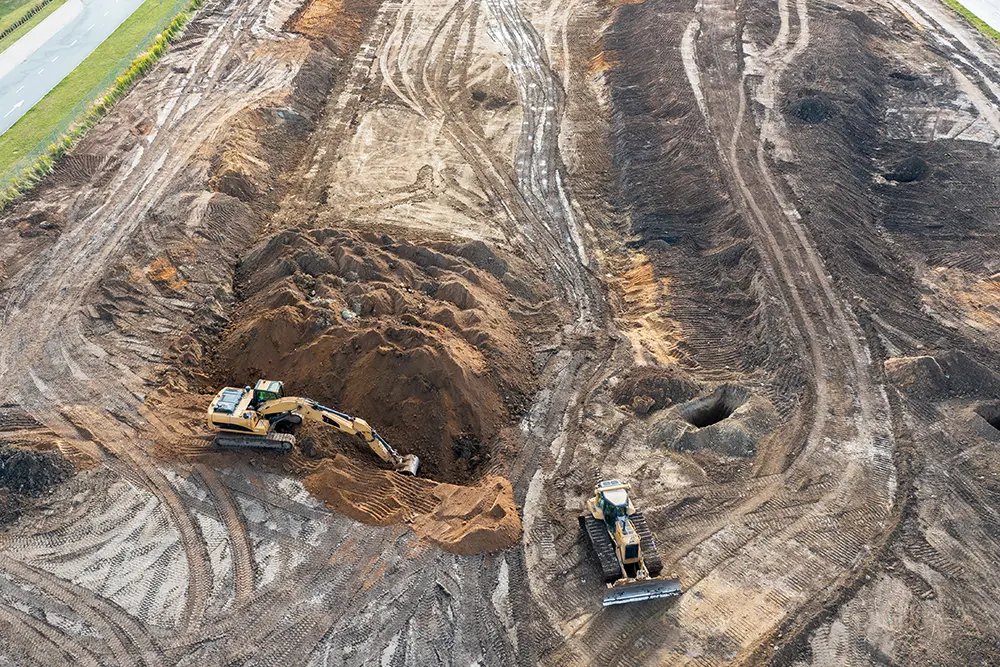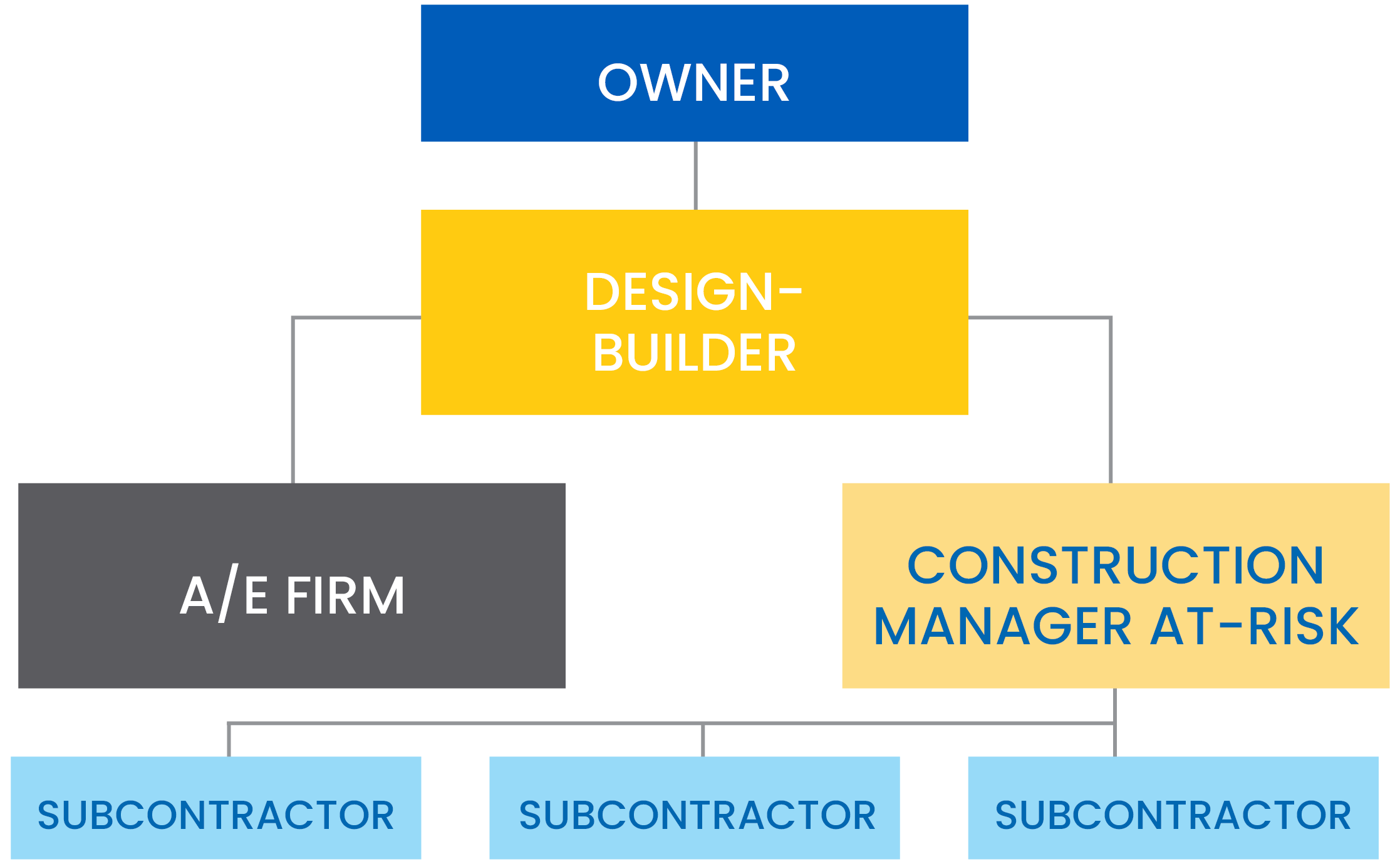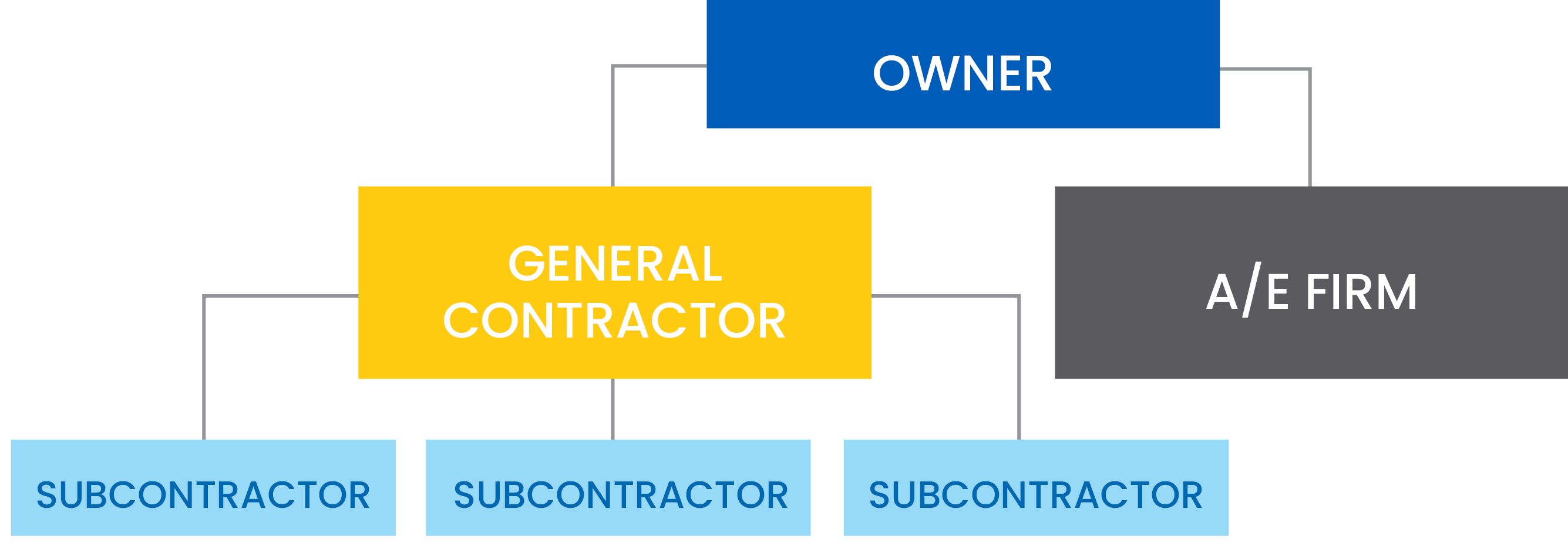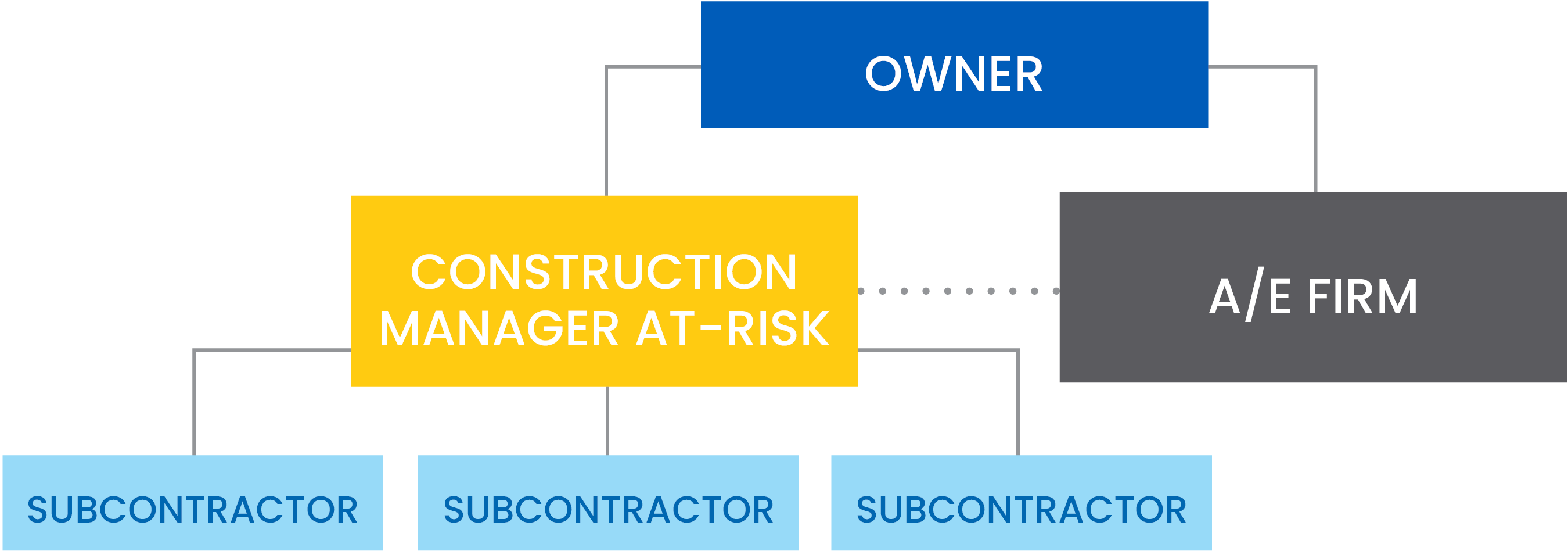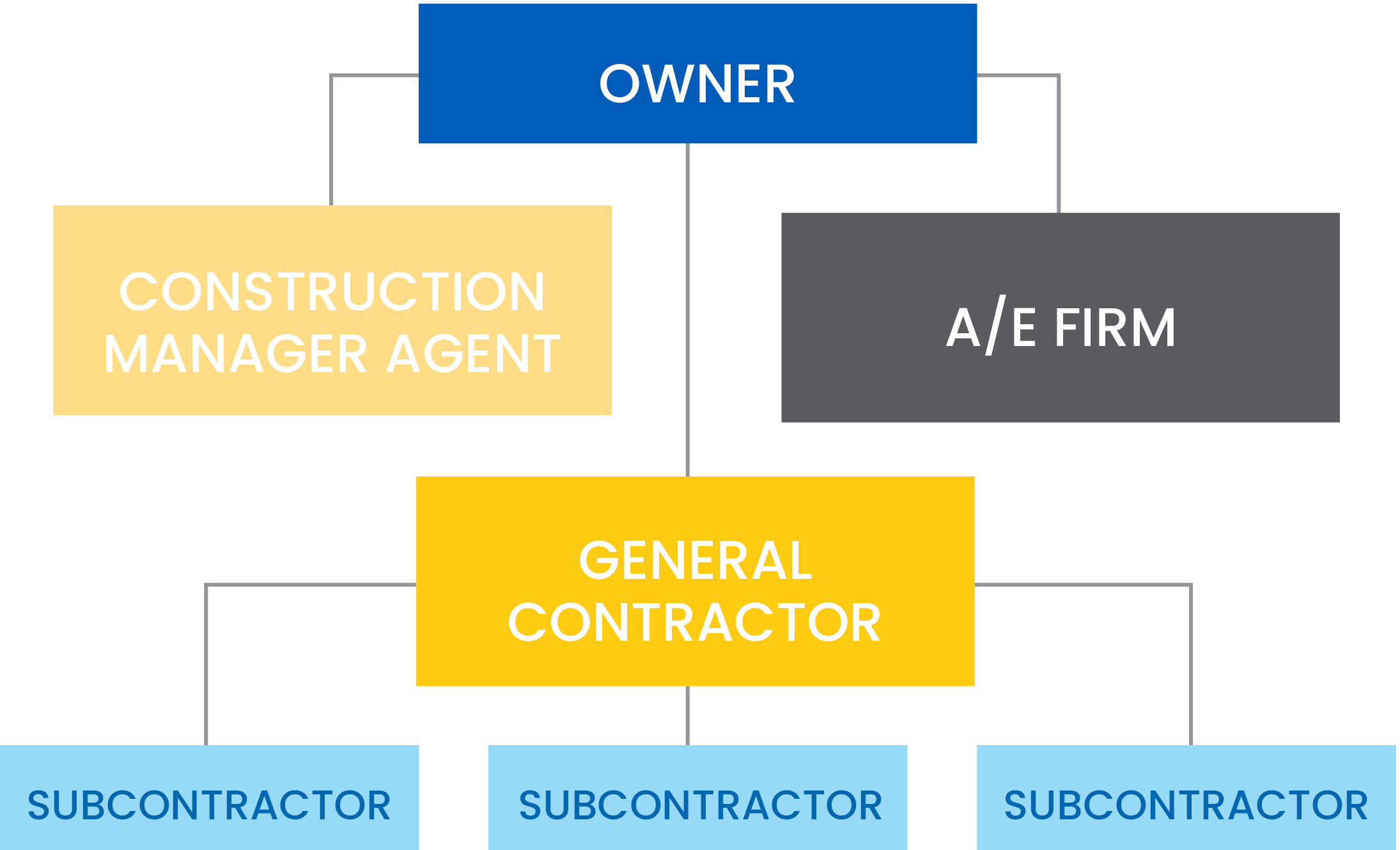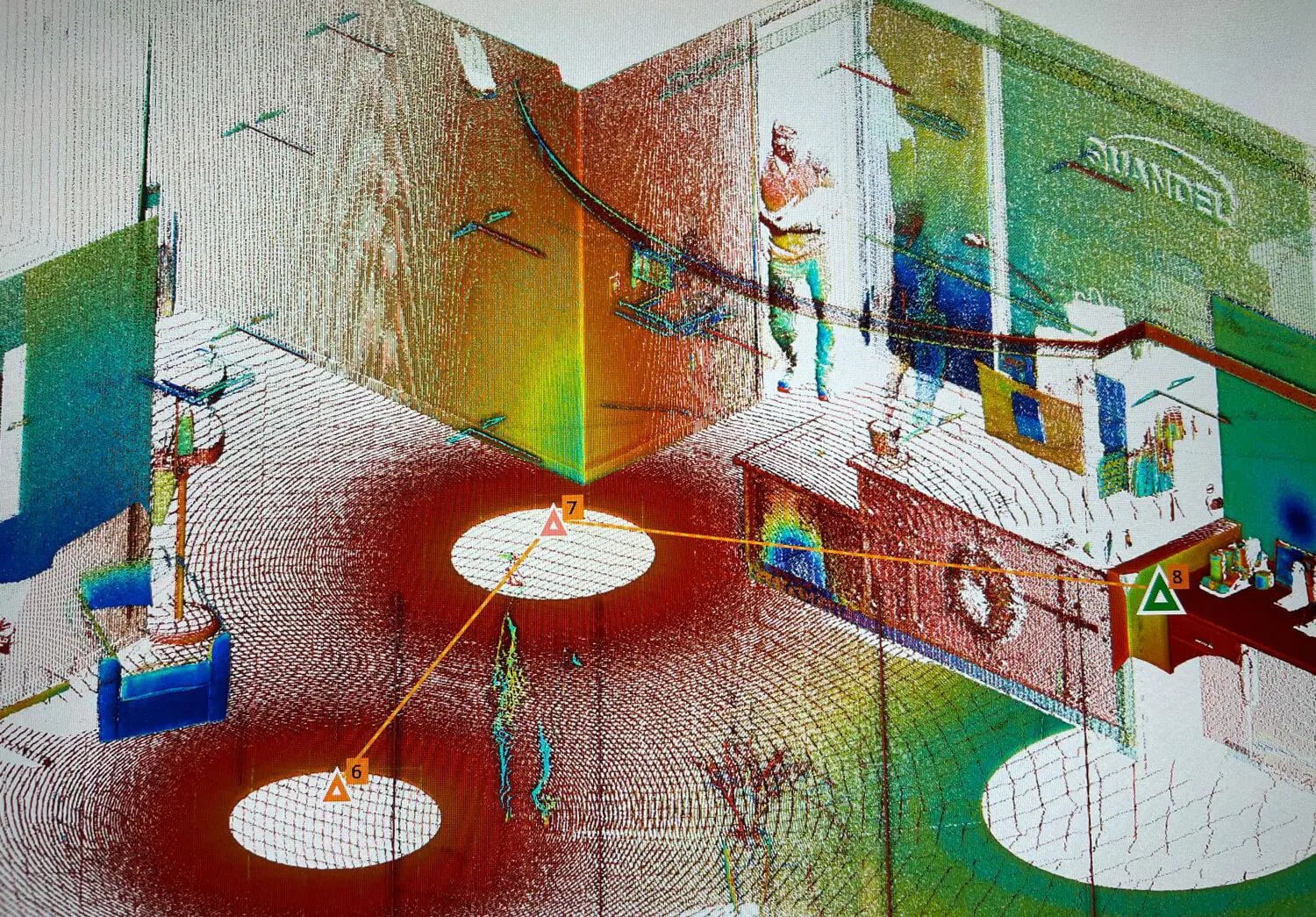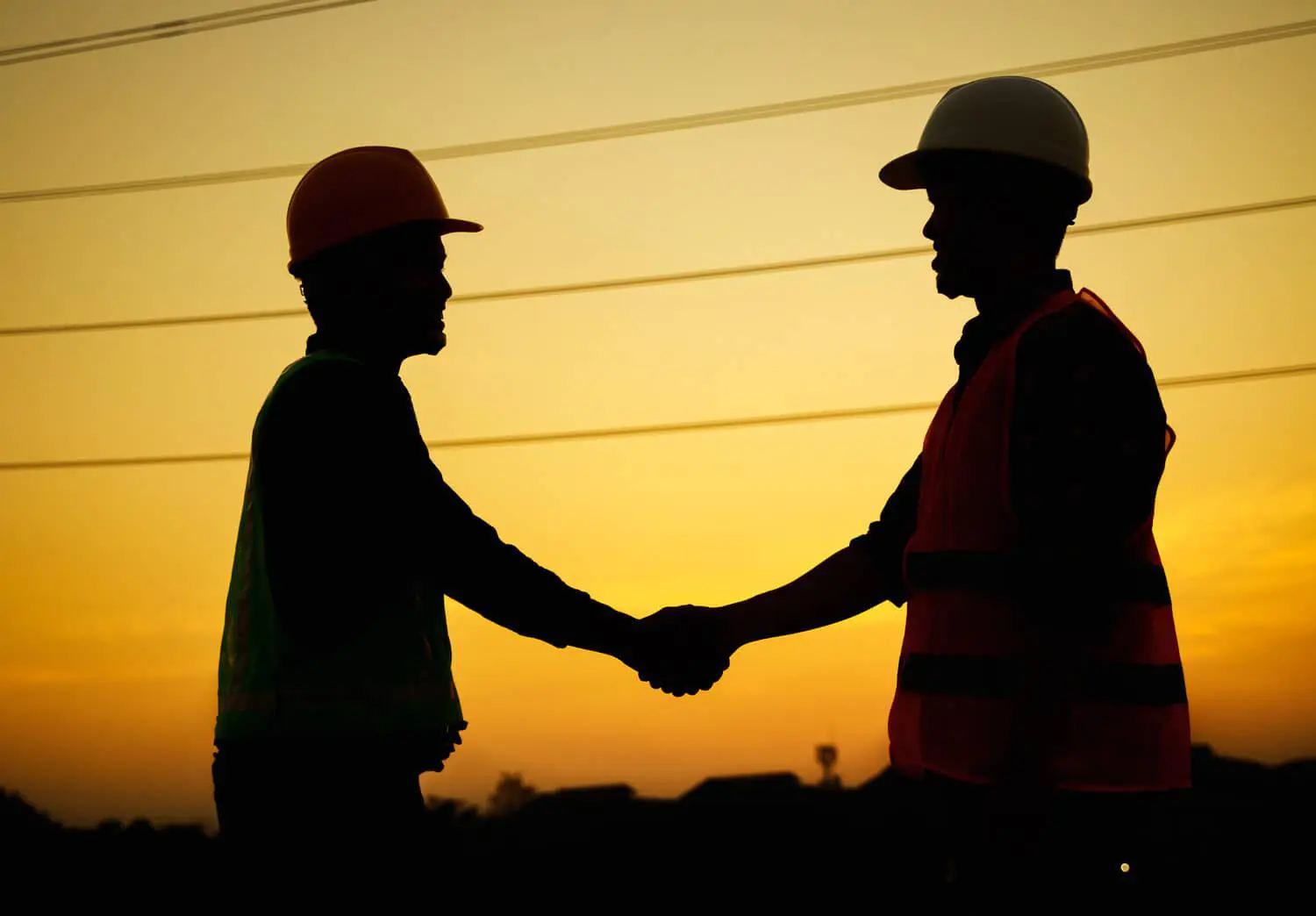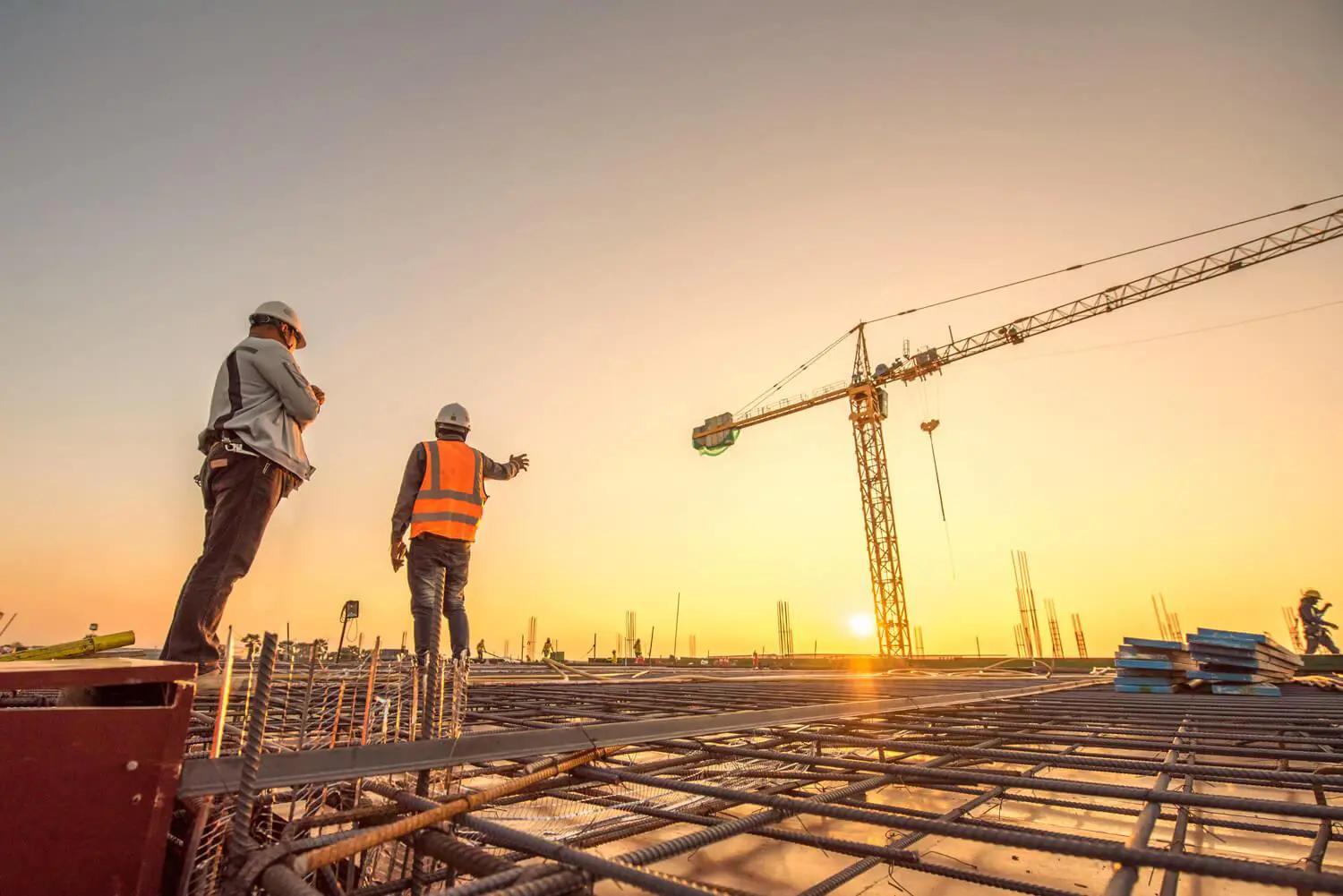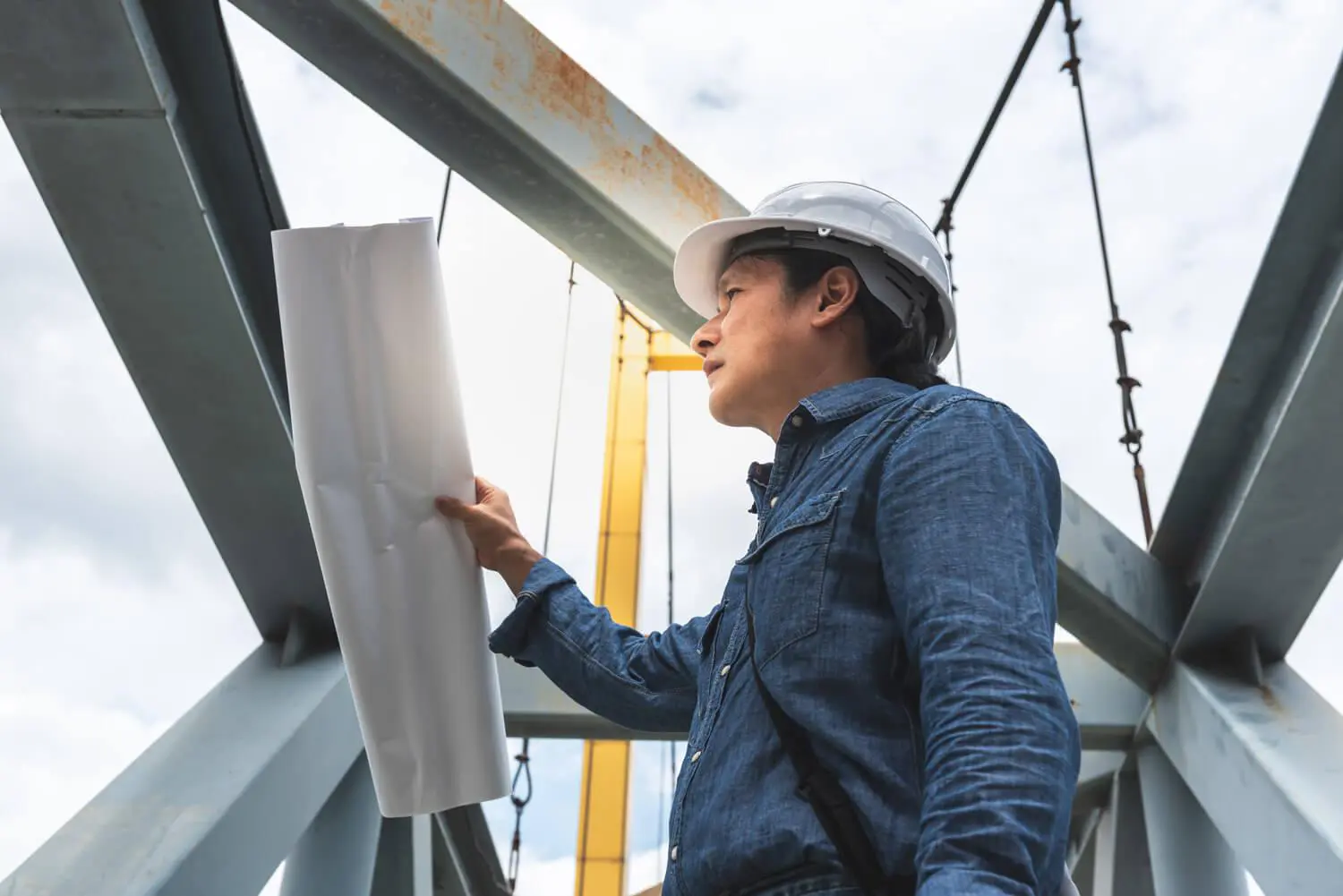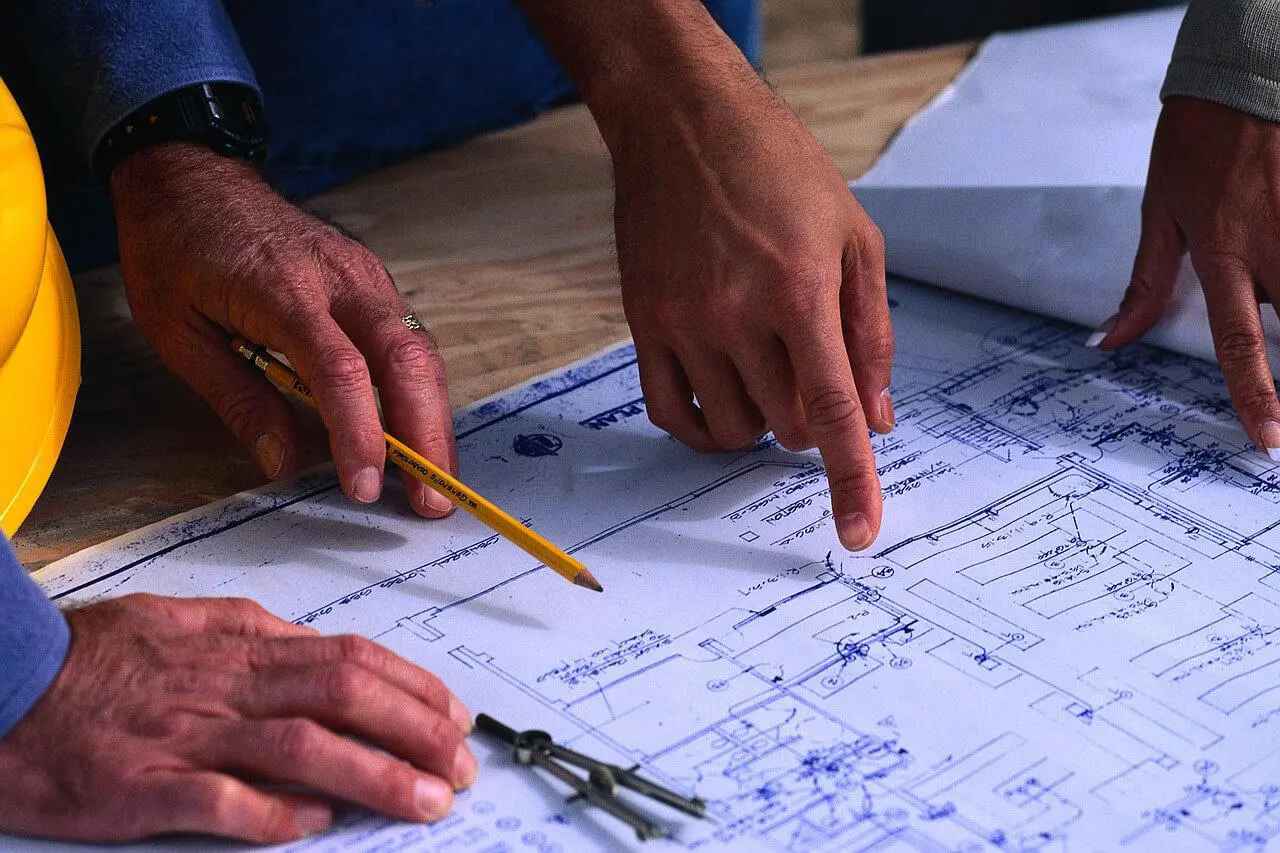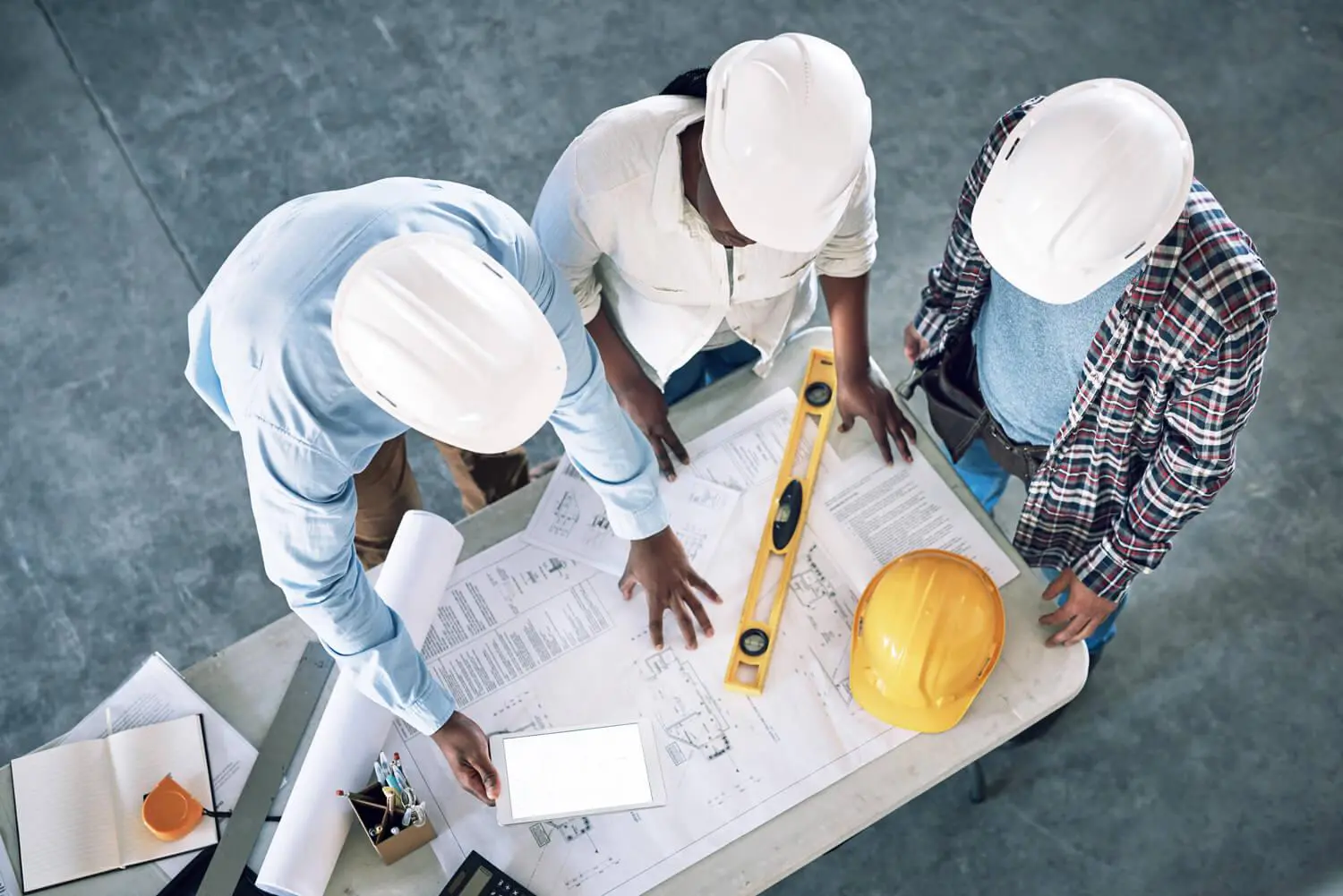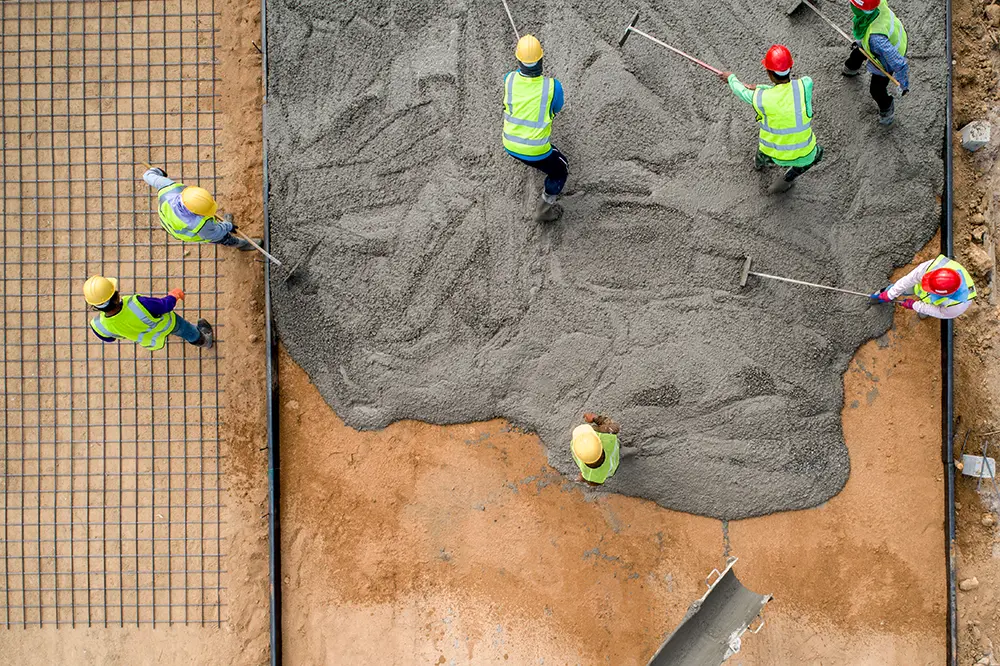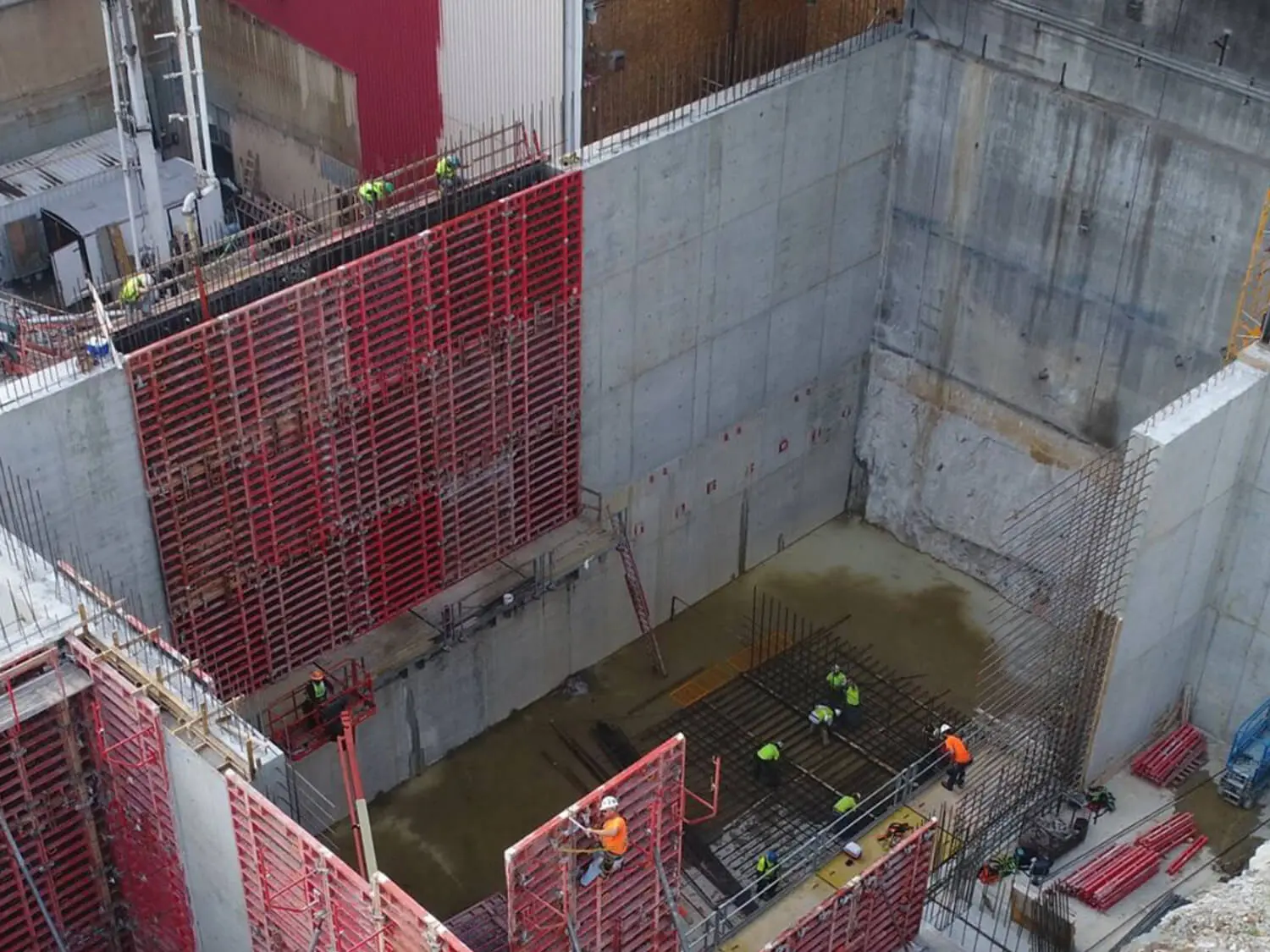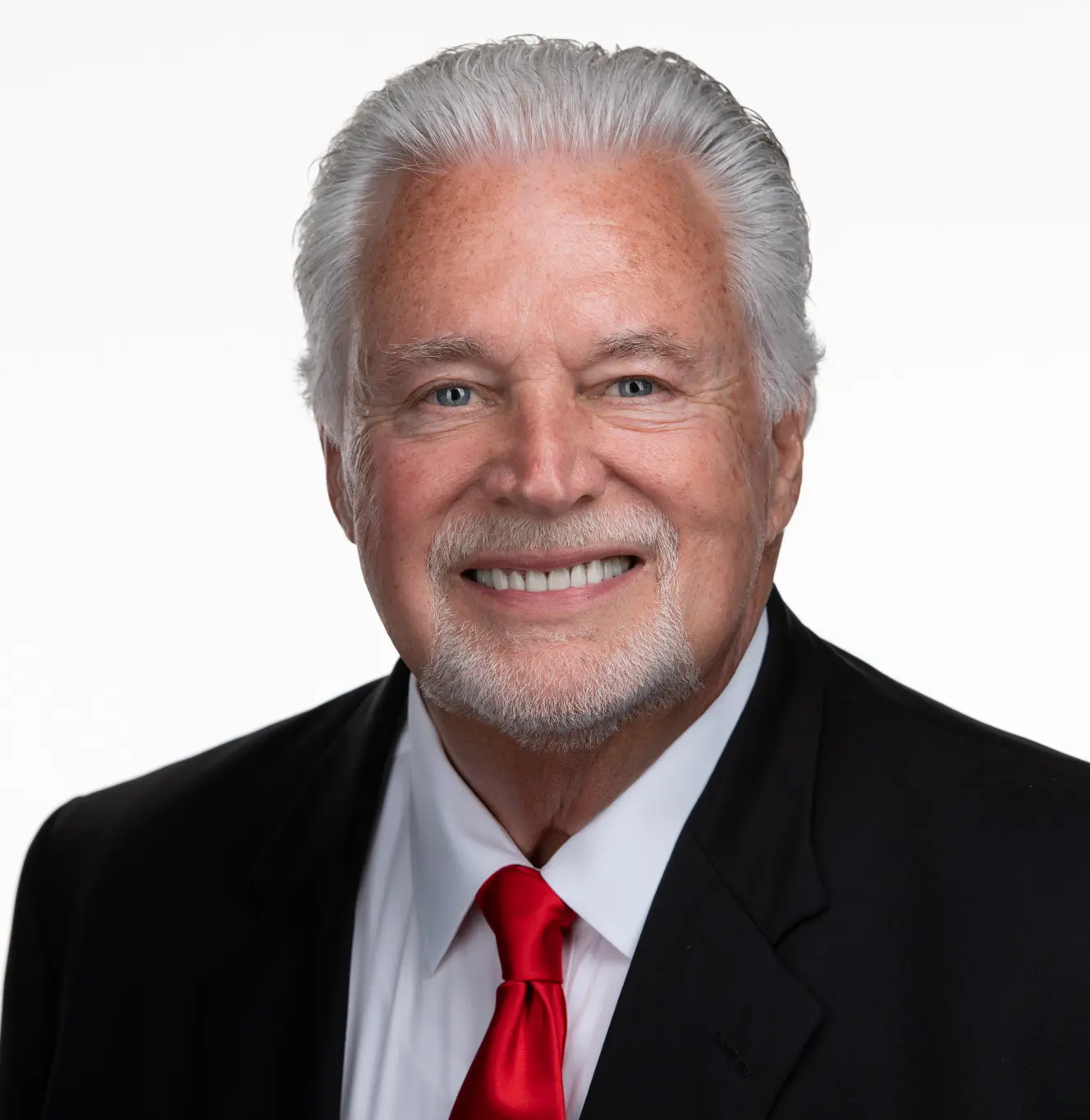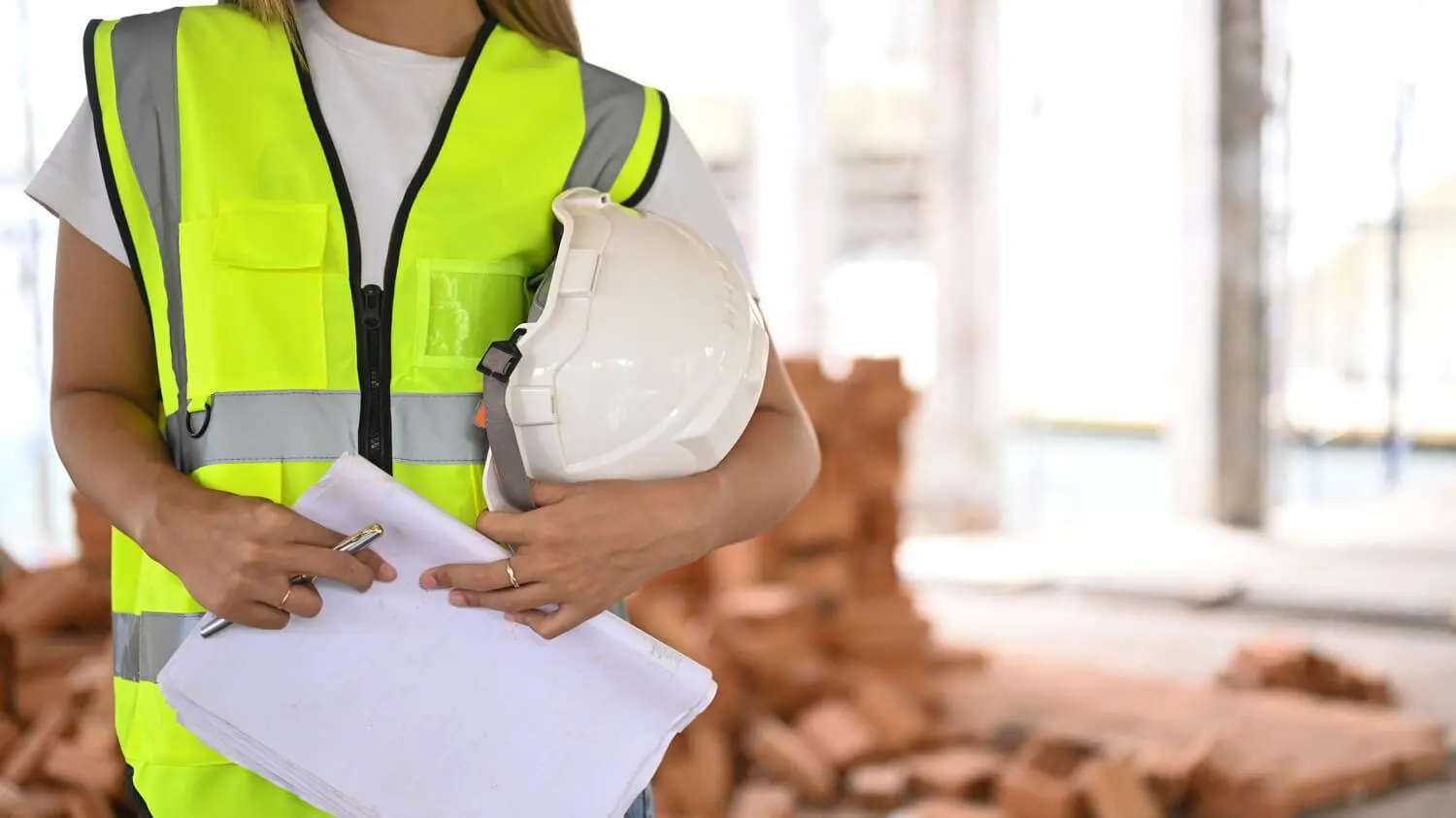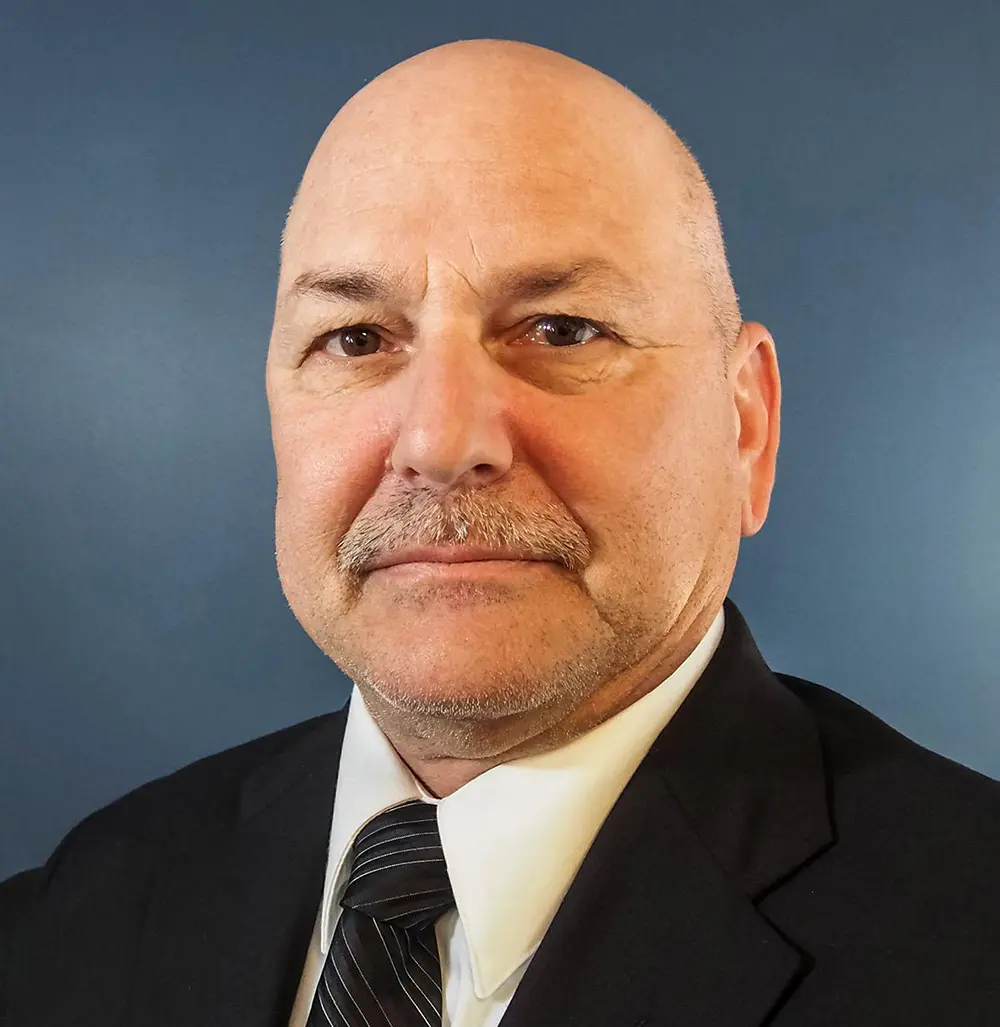Aerial lifts, also known as Mobile Elevating Work Platforms (MEWPs), are vehicle-mounted devices used to elevate personnel. They offer mobility and flexibility, making them a preferred choice over ladders and scaffolding on many job sites. However, working with aerial lifts poses several hazards that can result in personal injury or death. Operators must conduct pre-start inspections, inspect the work zone, and follow specific operating procedures to provide a safe environment. Additionally, proper training is essential for operators and supervisors to operate MEWP safely.
Hazards Associated with Aerial Lifts
Working with aerial lifts involves the following hazards, among others, which can lead to accidents and injuries:
- Objects falling from lifts
- Tip-overs
- Ejections from the lift platform
- Structural failures (collapses)
- Electric shocks (electrocutions)
- Entanglement hazards
- Contact with objects
- Contact with ceilings and other overhead objects
Pre-Start Inspection
Before operating an aerial lift, operators must conduct a thorough pre-start inspection to verify that the equipment and all its components are in safe operating condition. The inspection should include the following checks:
Vehicle Components
- Check proper fluid levels (oil, hydraulic, fuel, and coolant).
- Check for any fluid leaks.
- Inspect wheels and tires.
- Verify the condition of the battery and charger.
- Check lower-level controls, horn, gauges, lights, and backup alarms.
- Inspect steering and brakes.
Lift Components
- Check operating and emergency controls.
- Wear personal protective devices.
- Inspect hydraulic, air, pneumatic, fuel, and electrical systems.
- Verify the condition of fiberglass and other insulating components.
- Check for missing or unreadable placards, warnings, operational, instructional, and control markings.
- Inspect mechanical fasteners and locking pins.
- Check cable and wiring harnesses.
- Inspect outriggers, stabilizers, and other structures.
- Look for any loose or missing parts.
- Identify the guardrail systems are intact.
If any of these components are defective, operators should not operate the aerial lift until repairs have been made by a qualified person. Defective lifts should be removed from service and tagged out until repairs are completed.
Work Zone Inspections
Employers are responsible for inspecting work zones for hazards and taking corrective actions to eliminate them before and during the operation of an aerial lift. Some items to look for during work zone inspections include:
- Drop-offs, holes, or unstable surfaces.
- Inadequate ceiling heights.
- Slopes, ditches, or bumps.
- Debris and floor obstructions.
- Overhead power lines and communication cables.
- Other overhead obstructions.
- Hazardous locations and atmospheres.
- High winds and severe weather conditions.
- Presence of others in close proximity to the work.
Operators must be vigilant and address any identified hazards to provide a safe work environment.
Operating an Aerial Lift
While operating an aerial lift, operators must follow specific procedures to mitigate risks and maintain safety. Some key considerations include:
Fall Protection
- Close access gates or openings.
- Stand firmly on the floor of the bucket or lift platform.
- Do not climb on or lean over guardrails or handrails.
- Avoid using planks, ladders, or other devices as working positions.
- Use a body harness with a lanyard attached to the designated anchor point in the bucket.
- Do not tie-off to adjacent structures or poles while in the bucket.
Operation/Traveling/Loading
- Do not exceed the load-capacity limits; take the combined weight of the worker(s), tools, and materials into account when calculating the load.
- Do not use the aerial lift as a crane.
- Do not carry objects larger than the platform.
- Do not drive with the lift platform raised (unless the manufacturer’s instructions allow this).
- Do not operate lower level controls unless permission is obtained from the worker(s) in the lift (except in emergencies).
- Do not exceed the vertical or horizontal reach limits.
- Do not operate an aerial lift in high winds above those recommended by the manufacturer.
- Do not override hydraulic, mechanical, or electrical safety devices.
Overhead Protection
- Be aware of overhead clearance and overhead objects, including ceilings.
- Do not position aerial lifts between overhead hazards if possible.
- Treat all overhead power lines as energized, and stay at least 15 feet away.
- De-energize power lines in the vicinity of the work, if possible.
Stability in the Work Zone
- Set outriggers on pads or on a level, solid surface.
- Set brakes when outriggers are used.
- Use wheel chocks on sloped surfaces when it is safe to do so.
- Set up work zone warnings, such as cones and signs, when necessary to warn others.
Training of Operators
OSHA -MEWPs training requirements
MEWP-specific training must be provided to operators and their supervisors by a qualified person and must be presented in both a language and vocabulary the trainee can understand. Operators can only operate MEWPs on which they have been trained, familiarized, and authorized to operate.
